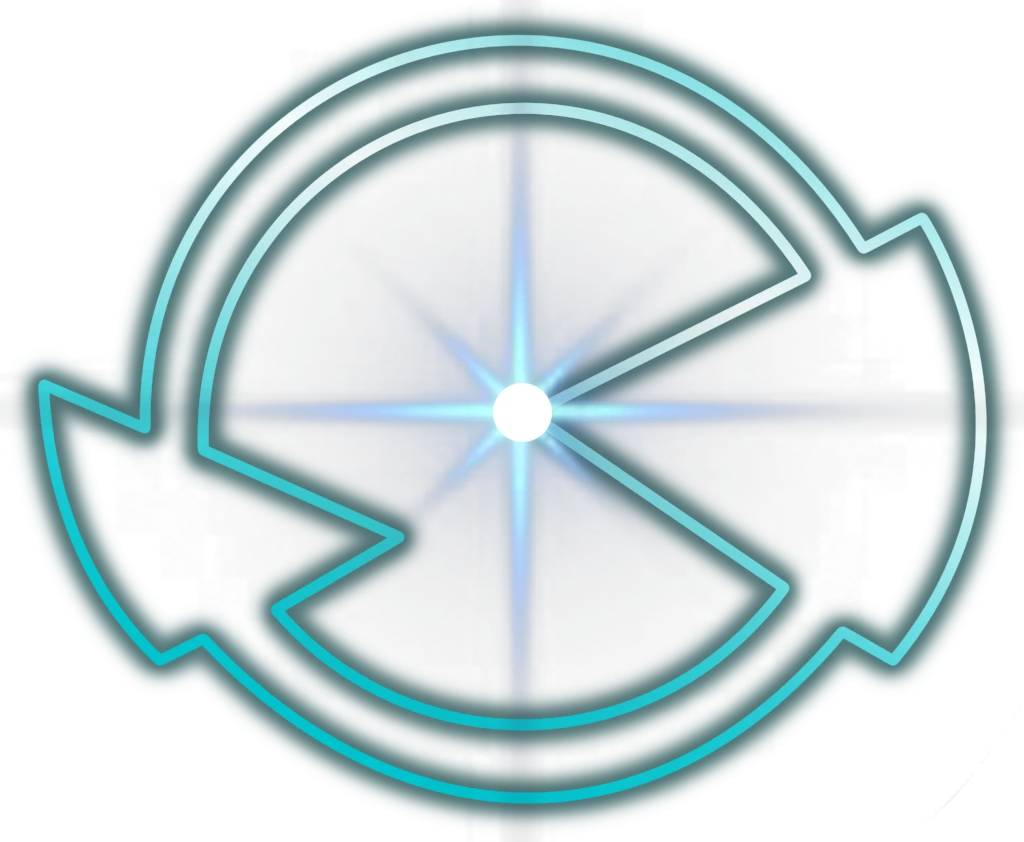The universe is big and complicated and full of information that can be seen and understood and articulated by deciphering it into its component parts and connections. Being humans with human minds we are endowed with the wonderful capacity to see beyond just the physical stuff that is sensible immediately around us in space. Our cognitive abilities allow us to recognize, understand and articulate parts and connections extending through the dimension of time as well. We can see and understand that the directly perceivable parts and connections that make up this existential moment are unique, in motion and connected in time to a, now no longer directly perceivable, sequence of moments in the past, all unique, each emerging from the preceding, that the universe has passed through since its beginning.
This new dimension of reality, the apprehension of the past, was born relatively recently when cognition suddenly appeared in the first humans on the plains of East Africa ~85,000 years ago. At that moment there were no longer just the parts and connections that make up physical reality itself anymore, but ideas about them, the ability to perceive time and the capacity to develop a framework of understanding that would, in time, develop into an understanding of the explosive and stunning course that has spanned from the earliest subatomic particles to where we are today. Like the relation of the map to the terrain that it charts, this understanding exists beyond and in addition to the de facto parts and connections that it describes.
We perceive the myriad parts and connections that make up our universe on the leading edge of time directly through our senses, instruments and experiments, and we have our ideas and understanding about the nature and origin of these parts and connections that have also developed and are developing through time. Beyond just sensing the present and beyond just being able to piece together what happened in the past, this capacity for understanding also allows us the visions, aspirations, predictions and plans that give us a window into the future, into ‘possibility space’.
Steadily expanding through all these dimensions, human knowledge and understanding got to the point long ago where it became so far-reaching and expansive that no individual could possibly apprehend everything that had been seen, known and understood through our collective visions, observations and experience. The only way our collective knowledge could be maintained and fostered was by specializing into fields of expertise.
This series of images by Matt Might illustrating what a PhD is captures this idea beautifully:
http://matt.might.net/articles/phd-school-in-pictures/
Imagine a circle that contains all of human knowledge:
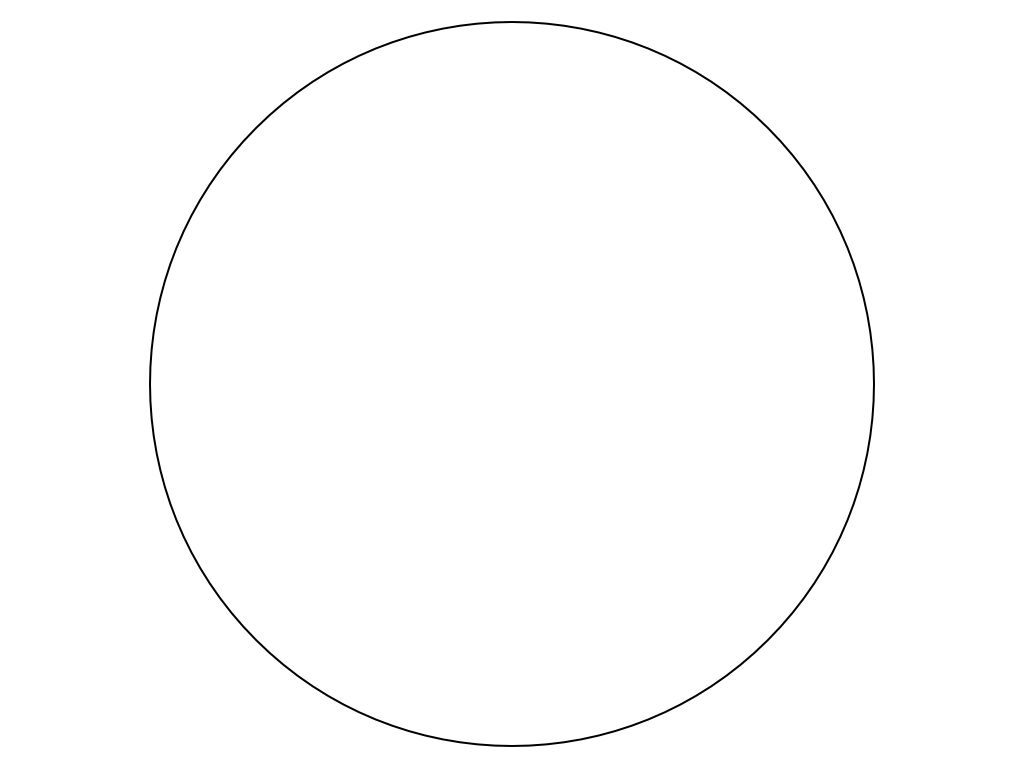
By the time you finish elementary school, you know a little:
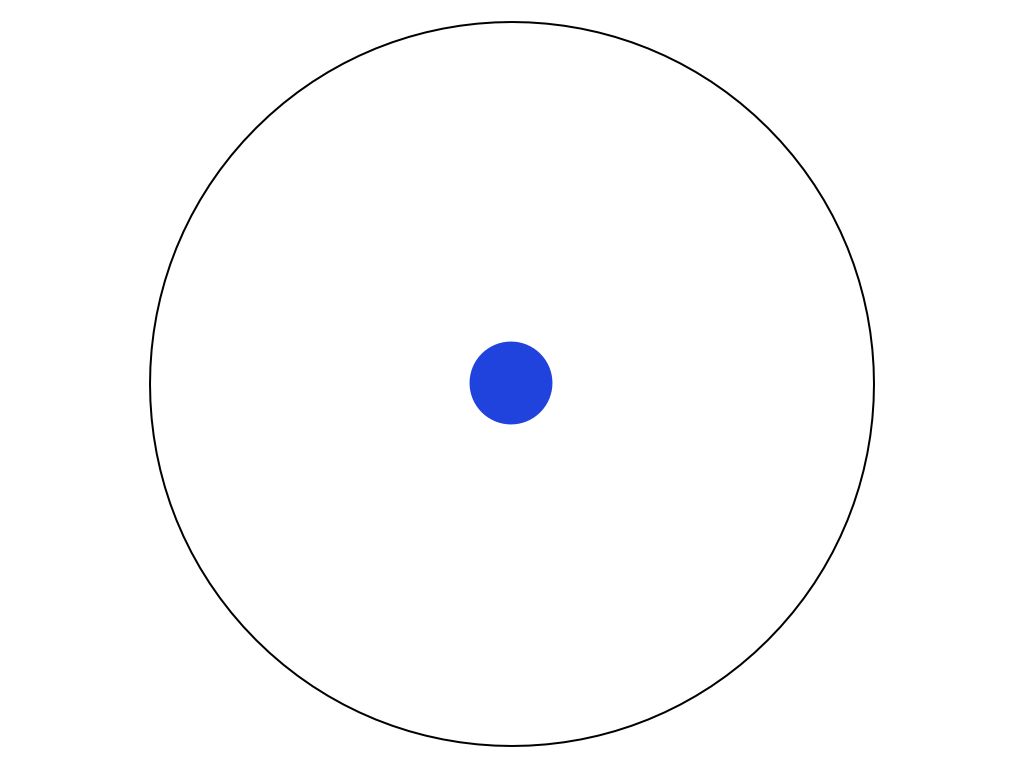
By the time you finish high school, you know a bit more:
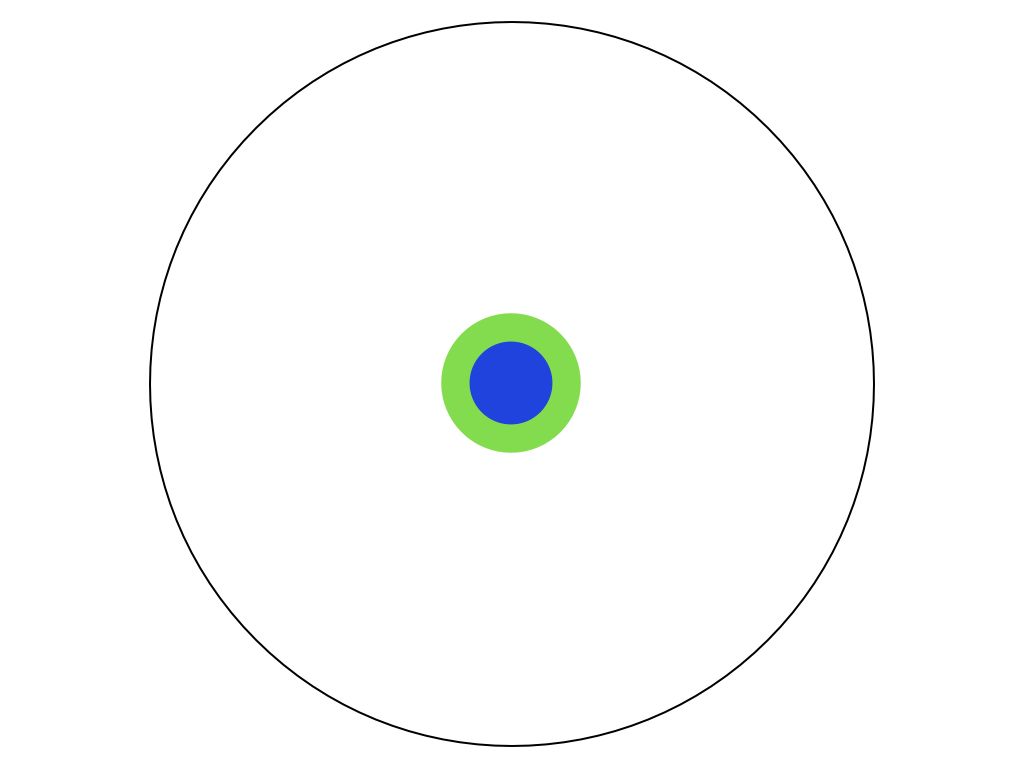
With a bachelor’s degree, you gain a specialty:
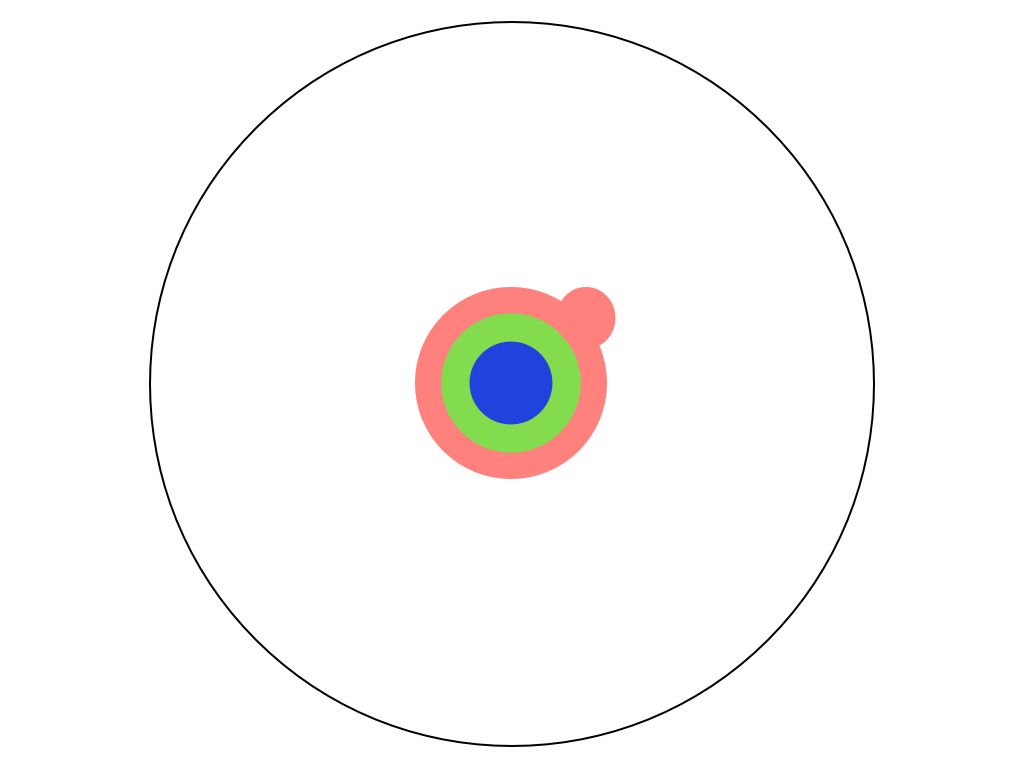
A master’s degree deepens that specialty:
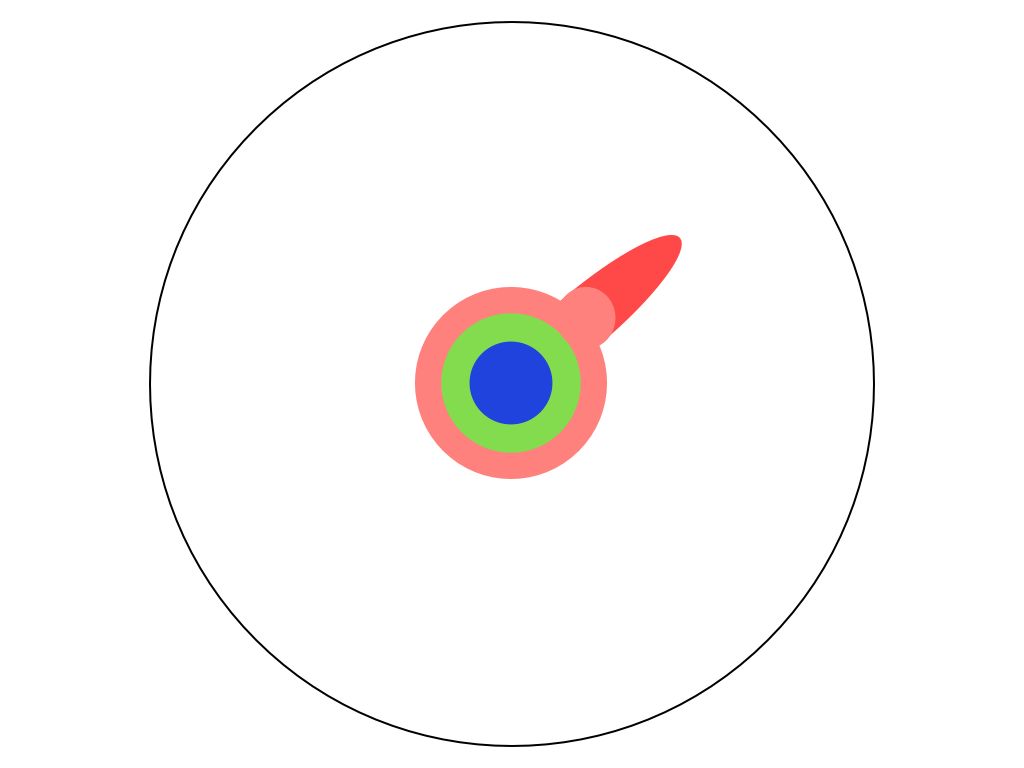
Reading research papers takes you to the edge of human knowledge:
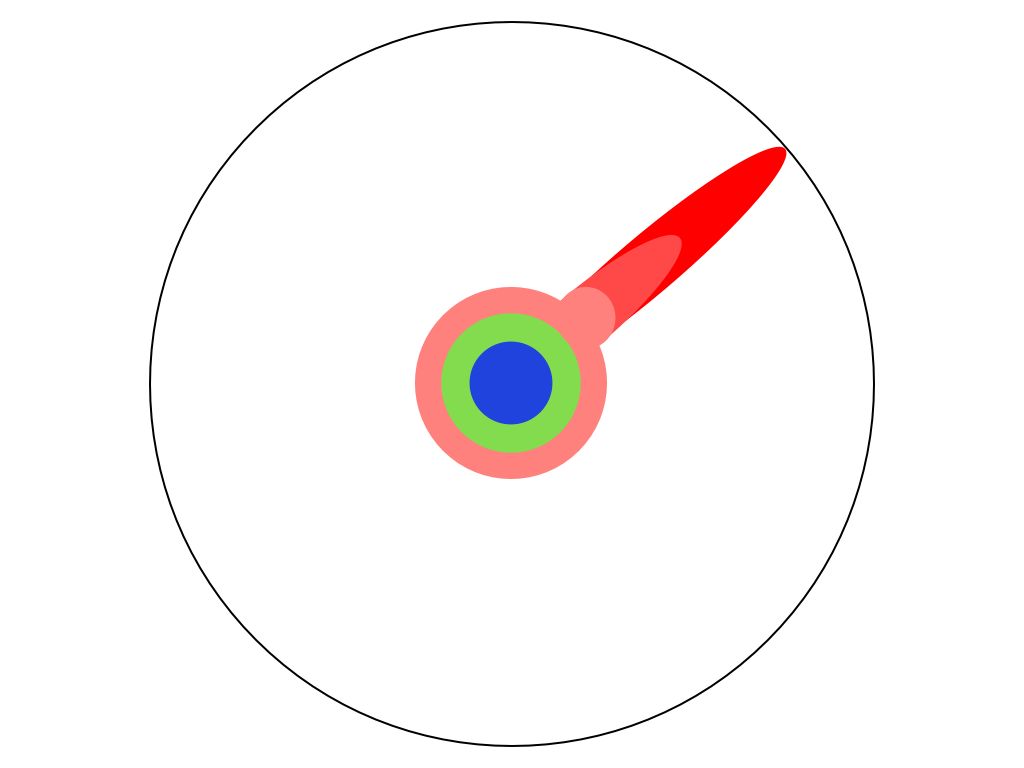
Once you’re at the boundary, you focus:

You push at the boundary for a few years:

Until one day, the boundary gives way:

And, that dent you’ve made is called a Ph.D.:

Of course, the world looks different to you now:

So, don’t forget the bigger picture:
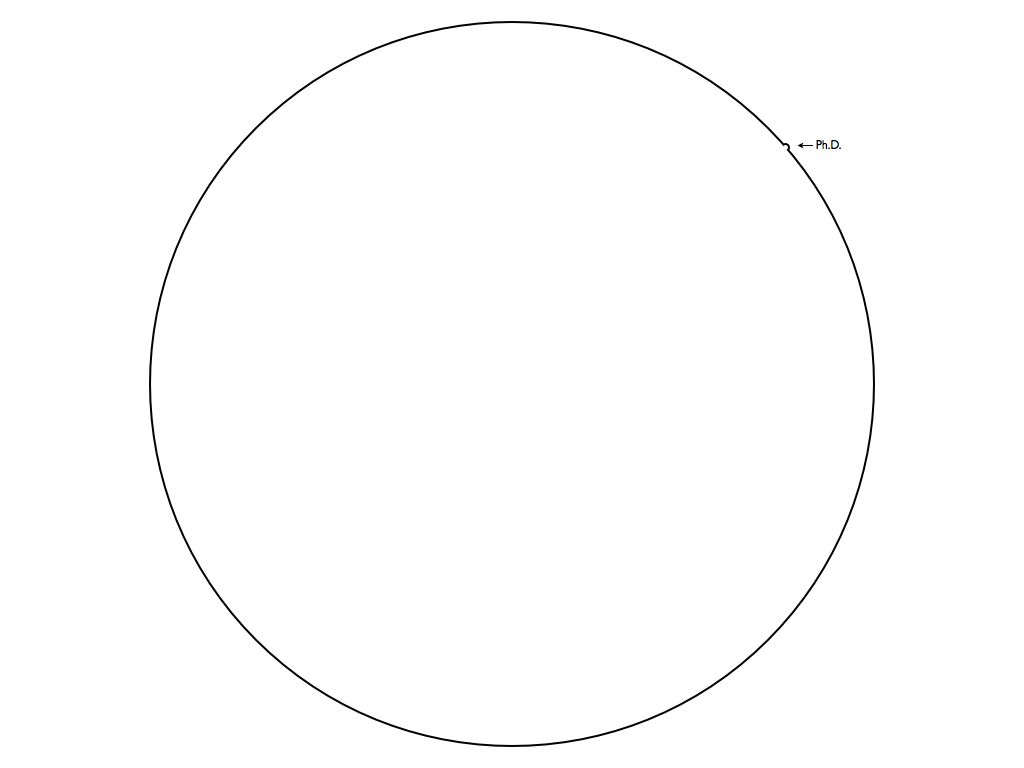
Keep pushing.
An expert in a particular discipline of study is someone who has a developed understanding of the parts and the connections that make up whatever it is that field is concerned with. They’ve studied and understood out to the furthest edge of their particular narrow slice of the full pie of human knowledge. The more expertise that expert has, the more parts and connections they recognize and understand in their field. Our increasing understanding of the universe is the ever finer and, necessarily, more distributed recognition of these parts and connections.
How did we go from parts and connections that consisted of next to nothing at the beginning of time to this incredible explosion of individually inapprehensible complexity today?
Slowly, ceaselessly, tiny increment after tiny increment, things changed and built and built and built.
Development!
All development is the result of a very basic function that applies to everything and everything that exists shares certain qualities that have enabled it to develop.
- The first principle of Development is that it requires a starting point of some kind. Something needs to have the quality of existence to develop. Some form of cohesive framework of parts and connections is necessary.
- From there, some form of volition, momentum or intention is needed. Some capacity to assert itself or express itself as it travels through the influence of circumstances in time.
- And then, the starting point, having moved through circumstances in time, must endure, mutate, take on greater complexity in some way that allows it to retain a continued, potentially improved framework with the capacity for continued volition, momentum or intention in some manner.
The effect of this process repeating itself in a variety of forms over the vast span of passed time is responsible for creating everything more complex than the bits and pieces that originally inflated out of the big bang itself and maybe even those. The one word description for this process is ‘iteration‘.
Of course, iteration itself is made up of parts and connections. The basic parts of the iterative process as outlined above are initially some form of ‘work‘ and some form of ‘review‘ connected in time in some way depending on what’s developing.
Those words, ‘work’ and ‘review’, might be a bit misleading as they have connotations that are somewhat specific. I use ‘work’ generally to mean something with complexity undergoing some kind of change in time. ‘Review’ is more generally some event or threshold that either validates the developing thing allowing it to continue to change or that simply stops it from advancing any further. In the case of biological evolution, the ‘work’ is a creature living its life. The ‘review’ is whether or not it’s able to reproduce before it dies. In this way ‘work’ and ‘review’ are the iterative engine that allows this creature to participate in development over time by passing on the framework of parts and connections in its genome. Or not.
Until humans resulted from this process, the process itself was driven without vision, purely by the momentum of the parts from that initial inflation moving and developing inexorably through the forge of time. Time, the container for change. When humans did eventually and amazingly arrive with our ability to see into future ‘possibility space’ for the first time since the universe was created, the ‘plan‘, ‘work‘ and ‘review‘ variant of iteration emerged.
To model all this out in more detail, it can be empirically demonstrated by applying leading edge technology and the expertise on the furthest peripheries of the fields of cosmology and astrophysics, that 13.7 billion years ago something happened that created the universe that we perceive around us today. 13.7 billion years is currently the furthest back in time that we can trace looking out into the furthest detectable reaches of space where the radiation from some event expands away from that first discernible moment.
The prevailing theory, the Big Bang theory, is that a singularity suddenly inflated creating the first subatomic particles that upon coexisting in what was newly born space and time, immediately formed the first ‘connections’ with one another. The science of physics describes the connections, the relations between those parts, as velocity, gravity, electromagnetism and nuclear forces. These primordial parts and connections made up the initial framework, the very first iteration of reality.
This is the original example of the first fundamental principle of development listed above. Exactly how the pre-universe singularity inflated isn’t (yet) understood, but, a picosecond past that, we have the ultimate practical starting point. The first detectable stuff. Something that could and would develop.
The sequence of events unfolding from that point and the ensuing stages of emerging complexity provide a fantastic illustration of how the dimensions of reality that would become the subjects of the various fields of scientific study came to be one after the other as the universe developed and grew more complex.
As mentioned above, the very first bits that came into being with the big bang are the phenomenon that the science of physics is interested in understanding.
The big bang’s subatomic particles eventually formed into atoms of helium and hydrogen and so the first parts and connections that the science of chemistry is interested in were born.
Those initial tiny chemical parts and their connections developed through time into huge things, stars, the subjects of stellar astronomy, where they were forged into new stuff with new connections, the elements that make up all of the next order of matter that we see around us today. Small stars created light elements. Big stars created heavier elements. When eventually stars reached the developmental threshold that resulted in supernovae, the heaviest of elements were produced. And so all the parts and connections that experts in chemistry describe in the periodic table were created.
Some of these parts in space eventually collapsed into masses which became planets in solar systems in galaxies. These are the parts and connections that galactic astronomers can tell you about in extraordinary detail.
On some of these masses time allowed the momentum of the stuff of the universe to develop complex topology, oceans and weather. In this way, the parts and connections studied by geologists, oceanographers and meteorologists were born.
Eventually, somehow, on at least one of these planets, amino acids developed, bacteria formed and life came to be, creating both the stuff that would become the subject of evolutionary biologists‘ study and the evolutionary biologists themselves!
From there an explosion of developing parts and connections… plants, animals, fish, insects… and all the related fields and sub-fields of expertise that codify them… biology, phytology, dendrology, zoology, ichthyology, entomology and on and on.
When a single branch of these biological organisms reached its cognitive revolution around 70,000 years ago, sentience added a radical, new capacity to the possibilities of development… the ability to plan, to dream, to envision. The ability to understand and appreciate the vast expanse of time and all the extraordinary development that preceded us and the ability to understand how the future would emerge from our work in the present.
The capacity for expertise was born and through the distributed, specialized study it enabled, the possibility of the whole of us being so much more than the sum of our parts. We stand together today on the expanding edge of knowledge and of development with our minds’ most powerful tools at our disposal. The ability to see the highest reaches of the possibility space, to imagine the realization of our fullest potential and the knowledge and experience to iterate toward it.

